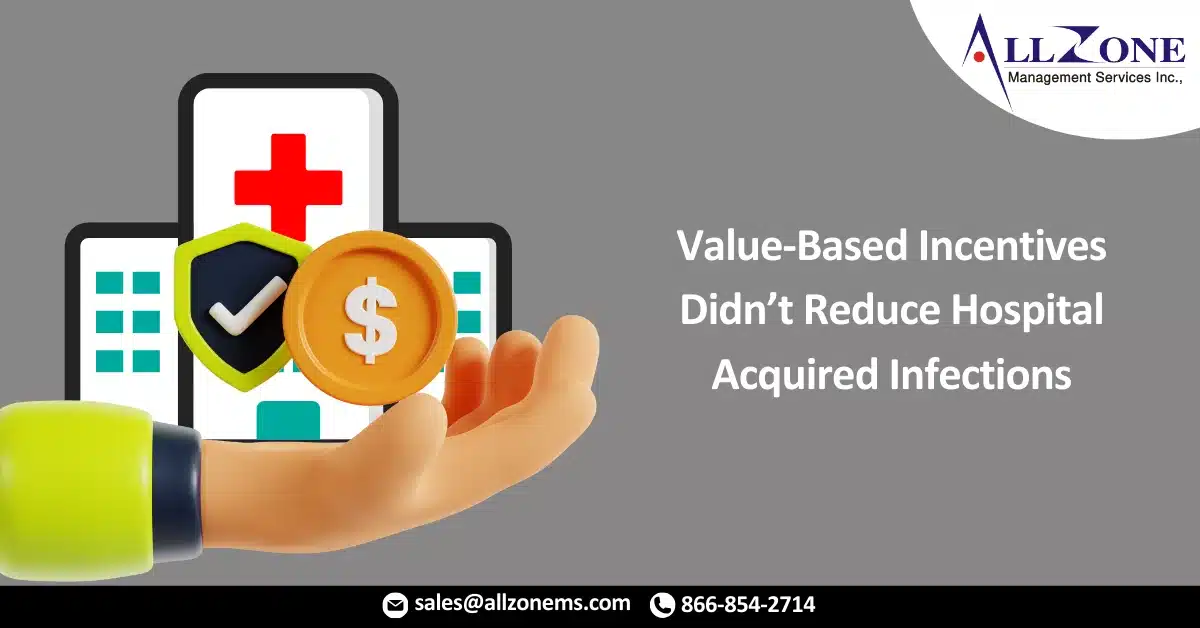Value-based incentive programs in Medicare did not improve hospital-acquired infection rates and may have disproportionately penalized safety-net hospitals, a recent study shows.
Two of Medicare’s value-based incentive programs did not improve the levels or trends of certain hospital-acquired infections, potentially widening the gap between safety-net and non-safety-net hospitals, according to a recent study out of Boston Medical Center and Harvard Pilgrim Health Care Institute.*
The study recently published in JAMA Network Open found that little, if no, improvement in targeted hospital-acquired infection rates among both safety-net and non-safety-net hospitals enrolled in the Preventing Avoidable Infectious Complications by Adjusting Payment study, which participated in mandatory reporting to the National Healthcare Safety Network from January 1, 2013, through June 30, 2018.
These hospitals participated in both the Hospital-Acquired Condition Reduction Program (HACRP) and the Hospital Value-Based Purchasing (HVBP) program, which both provided value-based incentives and penalties for changes in healthcare-associated infection rates.
However, implementation of both programs was not associated with changes in level or trend for catheter-associated urinary tract infections or surgical site infections – two metrics used to determine value-based incentive payments in the HACRP.
Researchers also observed significant immediate increases in device-associated central line-associated bloodstream infection rates of 25 percent for safety-net hospitals and 18 percent for non-safety-net hospitals at the time of the coincident NHSN definition revision and implementations of the two value-based incentive programs. They also reported a significant increase in the slope of the trend among non–safety-net hospitals during that period.
Disparities between safety-net and non-safety-net hospitals were also persisted for rates of device-associated central line-associated bloodstream infection and surgical site infections after colon surgical procedures, the study revealed.
“While these value-based programs intend to use financial incentives and penalties to encourage hospitals to improve patient outcomes, our data demonstrate that the programs aren’t actually resulting in any benefits for patients. In addition, because infection rates remain higher at safety-net hospitals compared to non-safety net hospitals, more safety-net hospitals are required to pay financial penalties,” Heather Hsu, MD, MPH, the study’s first author who is a pediatrician at Boston Medical Center, said in a statement. “This may have unintended consequences on the financial stability of safety-net hospitals and health care systems, and the services they are able to provide for their patients.”*
Safety-net hospitals had higher rates before HACRP and HVBP implementation and the 2015 NHSN definition revisions, as well as the last year of the study.
Rates of surgical site infections after abdominal hysterectomy procedures were also statistically significantly higher during the last year despite similar rates in safety-net and non-safety-net hospitals during the first year, researchers found. But there were a small number of these events during the study period.
“Given the persistent disparities, these value-based incentive programs currently function as a disproportionate penalty system for safety-net hospitals that provide no measurable population-level benefits,” researchers wrote in the study.
Researchers hypothesized that healthcare-associated infection rate disparities may be linked to complex healthcare environmental factors, as well as patient-related clinical and social factors, including adverse effects of structural racism, discrimination, and toxic stress among patients disproportionately treated by safety-net institutions. These patients include those with low income and/or those who identify as members of racial or ethnic minority groups.
Whatever the cause, however, policymakers need to address the disproportionate representation of safety-net hospitals among penalized institutions, they said.
Safety-net hospitals already operate with significantly lower operating margins compared to non-safety-net hospitals, and value-based penalties could further destabilize the institutions, leaving vulnerable patients without a safety net for healthcare, the researchers explained.
To improve equity in the HACRP and HCBP, they advised CMS to redesign the penalty structure by applying social risk factor adjustments prior to assessing incentive payments or penalties. The agency may also consider eliminating the double-counting of healthcare-associated infection metrics in the two programs and implementing stratification of hospitals according to safety-net status, they suggested.
CMS currently adjusts for social risk factors in another one of its value-based incentive programs – the Hospital Readmissions Reduction Program. Starting in 2019, the agency adopted a form of social risk factor adjustment and evaluated hospital performance based on the performance of other hospitals with similar patient mixes.
The changes to the Hospital Readmissions Reduction Program intend to prevent systematic penalization of safety-net hospitals, as well as the problem of setting lower quality benchmarks for the facilities. A similar approach for other value-based incentive programs could help address the same issues across other quality improvement initiatives, researchers stated.
For More Information: https://revcycleintelligence.com/news/value-based-incentives-didnt-reduce-hospital-acquired-infections

